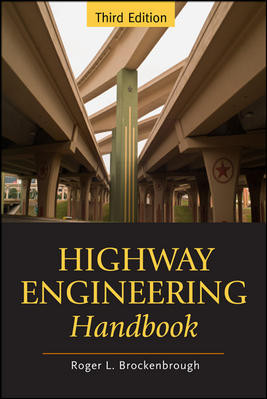As federal lawmakers push to the end of the 118th Congress, they are on the verge of approving an infrastructure package that would authorize about $10.7 billion for U.S. Army Corps of Engineers flood protection and other types of water projects, as well as implement industry-supported changes in cost sharing for certain waterway and dredging projects.
The measure—a new Water Resources Development Development Act, or WRDA—took a large step toward enactment on Dec. 10 when the House passed it on a resounding, bipartisan 399-18 vote. View bill text here.
The final congressional step is Senate passage. A Senate aide said on Dec. 10 that floor action in that chamber was anticipated this week or next. The measure also includes important provisions supported by industry and state officials concerning federal highway funding.
If the Senate clears the bill and President Joe Biden signs it by the end of 2024, it would continue a streak of enacting a WRDA every other year over a 10-year period. There is no statutory penalty for missing the WRDA year-end target.
But Caroline Sevier, American Society of Civil Engineers managing director, government relations and infrastructure initiatives, said in a letter to WRDA's congressional negotiators, “The biennial pattern provides the Corps with a degree of predictability, which allows for more effective planning and development of vital water resources projects nationwide."
Traditionally, the centerpieces of WRDA bills have been their lists of federal funding authorizations for individual Corps water projects. To make it onto the list, a project must receive a favorable recommendation from the U.S. Army’s Chief of Engineers.
The new compromise measure includes 21 such projects. They would receive a total of about $10.7 billion in federal funds, a House Transportation and Infrastructure Committee spokesman told ENR. Many of the projects also will draw on nonfederal funding.
Advancing Megaprojects
The project in line for the largest federal allocation is a coastal storm and flood-risk management plan in Louisiana’s St. Tammany parish, which is receiving $3.7 billion.
Other $1-billion-plus authorizations in the bill are: $1.78 billion for a coastal storm risk management project on the South Shore of New York City’s Staten Island, and $1.76 billion for a coastal storm risk management project in Florida’s Miami-Dade County.
Additionally, the bill includes $1.06 billion for the Comprehensive Everglades Restoration Plan in Florida. That project falls into the Corps’ ecosystem restoration project category.
Victories for Cost-Sharing Adjustments
Besides the project authorizations, perhaps the most significant Corps-related provisions in the new WRDA are changes in the cost shares for inland waterway and port dredging projects.
Waterways Council Inc. says it scored a significant win in a WRDA provision that permanently increases the general fund’s share for financing inland waterways construction and major rehabilitation projects to 75% and reduces the Inland Waterways Trust Fund’s share to 25%. That represents a change from a current 65/35 split.
Tracy Zea, Waterways Council Inc. president and CEO, says the shift in inland waterway cost shares “will have an extremely positive impact on our members.”
Zea said in an interview that the new cost share arrangement would provide an additional $130 million a year towards inland waterway construction projects. Over 10 years, he says, “That’s basically funding one more construction project to completion a year.”
For the American Association of Port Authorities (AAPA), the provision with the greatest impact is a change in the depth threshold at which the Corps would fund dredging projects.
Under the new bill, the Corps would fund 75% of the costs of construction dredging to between depths of between 20 ft and 55 ft. That compares with a previous maximum depth of 50 ft for such projects.
In addition, the Corps would fund 100% of operations and maintenance dredging costs for depths up to 55 ft, up from 50 ft. The AAPA says the change is needed to handle the larger vessels in use now.
House Transportation and Infrastructure Committee Chairman Chairman Sam Graves (R-Mo.), who led the House Republican negotiators on the final version of the bill, noted that it also includes provisions to “streamline Corps processes, reduce cumbersome red tape and get projects done faster.”
Among non-Corps provisions, some lawmakers and other infrastructure advocates pointed to language dealing with the federal highway program. American Association of State Highway and Transportation Officials Executive Director Jim Tymon said in a letter to the WRDA negotiators that AASHTO was pleased to see that the bill includes a provision to transfer $1.8 billion of “existing and stagnant” contract authority from the Transportation Infrastructure Finance and Innovation Act (TIFIA) federal credit assistance program to the Surface Transportation Block Grant Program, which is in demand among states.
Tymon added that the provision also would redistribute 75% of any future unused amounts out of the $250 million provided to TIFIA in fiscal year 2025 and in 2026.
The new WRDA package also reauthorizes the Federal Emergency Management Agency's National Dam Safety Program through 2028 and takes steps to strengthen the High Hazard Potential Dam program, according to the House committee. In addition, the bill reauthorizes the Commerce Dept.'s Economic Development Administration for the first time in 20 years.
Another part of the legislation focuses on General Services Administration management of federal buildings. Graves said the bill would improve the use of federal office space and “reduce the amount of taxpayer dollars wasted on empty federal buildings and get federal workers back in the office.”




